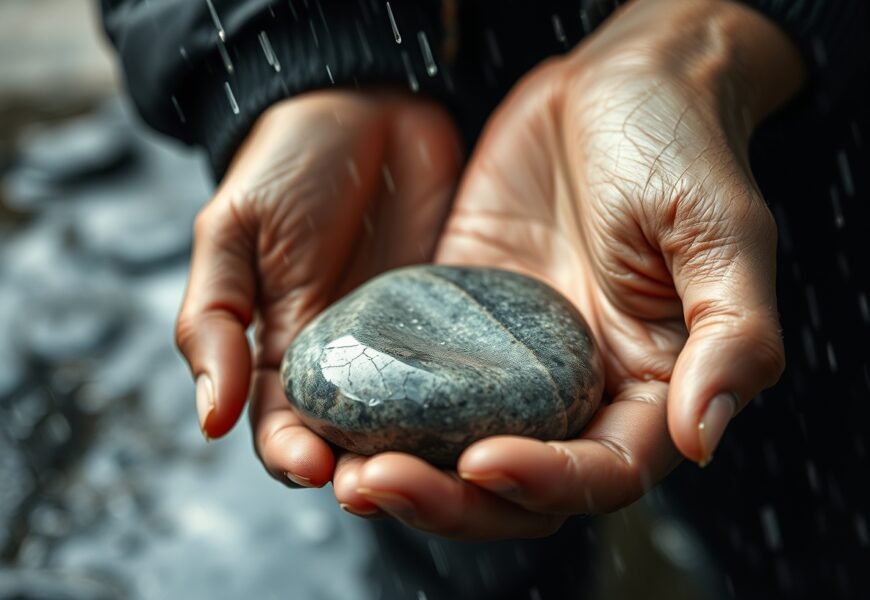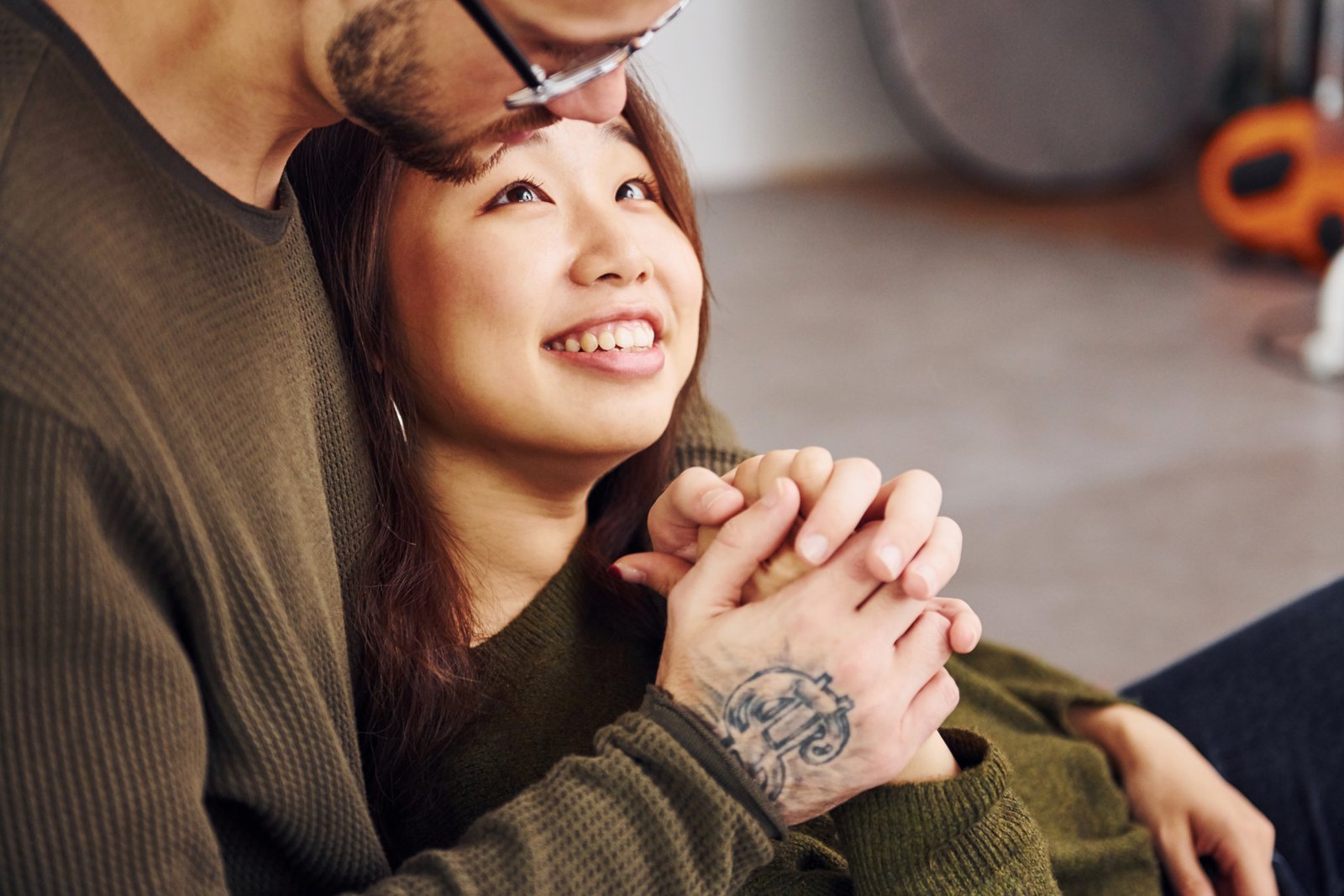Table of Contents
Anxiety relief starts here: over 75% of adults face chronic stress daily, according to the American Psychological Association. That racing heart or flood of restless thoughts can strike unexpectedly, whether you’re sipping coffee in a crowded shop or preparing for a critical meeting. Anxiety often feels like an unwelcome visitor, transforming routine moments into overwhelming challenges. The silver lining? You don’t need complex solutions to regain control. With straightforward, effective techniques, you can shift from tension to tranquility in an instant, no matter the setting.
Understanding Anxiety for Relief
Anxiety operates like an overactive alarm, designed to detect threats but prone to overreacting. In ancient times, a quickened pulse or sweaty palms helped humans escape predators. Now, it’s sparked by overflowing inboxes or casual conversations. When triggered, your brain releases cortisol and adrenaline, priming you for action. In today’s world, this surge often leaves you feeling unsettled rather than ready. Modern stressors, like constant notifications or job demands, keep this response active. The goal isn’t to eliminate it but to manage it effectively with anxiety relief strategies. Learn more about stress triggers from the Mayo Clinic.
1. Conscious Breathing for Anxiety Relief
Breathing is a natural tool for anxiety relief, connecting directly to your nervous system. Imagine yourself in a bustling café as tension begins to rise. Try this: inhale through your nose for four counts, as if enjoying the aroma of fresh coffee, hold for seven counts, savoring the pause, then exhale for eight, like cooling a warm drink. This extended exhale activates your body’s relaxation response discreetly. Sarah, a regular subway rider, used this method to transform her stressful commutes into moments of peace, making it a habit through consistent practice.
2. Grounding Techniques for Calm
When worry pulls you into a spiral, grounding brings you back to the present. Engage your senses: feel the floor beneath your feet, listen to ambient sounds, or notice a detail like sunlight reflecting off a surface. Alex, a teacher, turned nerve-racking staff meetings into a quiet challenge by observing his surroundings like a detective. This approach works in virtual calls or sleepless nights, offering a fast anchor to reality. Maria, a nurse, relies on a brief “Five Senses Check-in” between shifts to reset her focus swiftly.
3. Progressive Muscle Relaxation
Your body often stores tension, making progressive muscle relaxation a valuable strategy. It counters tightness in shoulders or a clenched jaw by intentionally tensing and releasing muscle groups. James, a lawyer, began unwinding his physical stress between client calls, discovering strain he hadn’t noticed. Start with small areas, like your toes at breakfast or shoulders during a discussion. Lisa, a teacher, makes it playful with her students, tensing up like a “meatball” before relaxing into “spaghetti,” proving it’s about release, not precision.
4. Visualization for Anxiety Relief
Your imagination can serve as a sanctuary for anxiety relief. Shift from restless thoughts to a soothing scene, like a garden or a quiet stream. Sarah, an ER nurse, mentally visits her grandmother’s rose-filled yard during hectic shifts. Mike, an accountant, pictures his worries floating away like leaves during tax season. Build the scene with vivid details, sounds, and textures, for a brief escape that refreshes without avoiding life’s demands. Explore more stress management tips to complement this practice.
5. Movement as Stress Relief
Physical activity acts as a natural way to ease tension, much like children shaking off excess energy. Rachel found dancing at her desk eased her workday stress and stuck with it. Mark, a teacher, does subtle ankle rolls while overseeing exams. Linda, an executive, takes short walks before meetings to clear her mind. It’s not about intense exercise; simple motion triggers endorphins and reduces cortisol, tailored to your rhythm and preferences.
6. Journaling for Anxiety Relief
Writing offers a private outlet for anxiety relief, untangling your mind with ease. Jamie, a programmer, clears mental clutter by jotting it down, closing out distractions. Maria, a new mother, eases late-night worries with quick notes, loosening their grip. Emily, a manager, identified recurring stress triggers through journaling and turned them into proactive habits. David keeps a “worry receipt” pad, acknowledging concerns without amplifying them, creating a personal space for clarity.
7. Mindfulness for Calm
Mindfulness provides gentle calm without requiring a meditative retreat; it’s about observing without resistance. Kate, a counselor, views unease as passing weather rather than a battle. Tom, a restaurant owner, pauses amid chaos to hear the clatter of pans, stepping back from the rush. Lisa, a nurse, transforms handwashing into a moment of focus. It’s less about solving problems and more about letting thoughts drift by, as Jenny, a lawyer, learned by not engaging every anxious idea her mind presents.
Finding Lasting Anxiety Relief
Anxiety isn’t a foe to defeat but a signal to navigate with the right tools. These seven techniques, from deliberate breathing to a scribbled note, equip you for any situation. Sarah blends them into her routine, calling them her “toolkit” for calm, switching between a walk or a journal entry as needed. Mastery comes with practice, not perfection. With time, these methods build confidence, empowering you to face challenges with clarity and composure using anxiety relief strategies. Check out our mental health guide for additional support.














